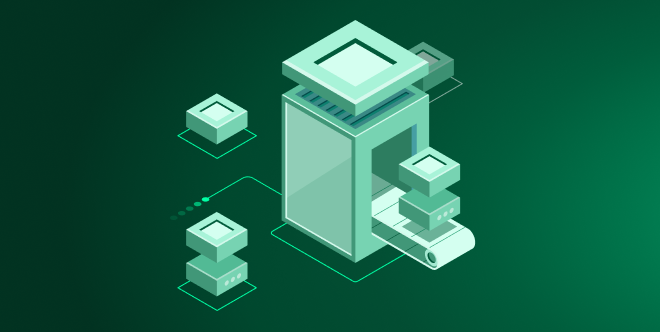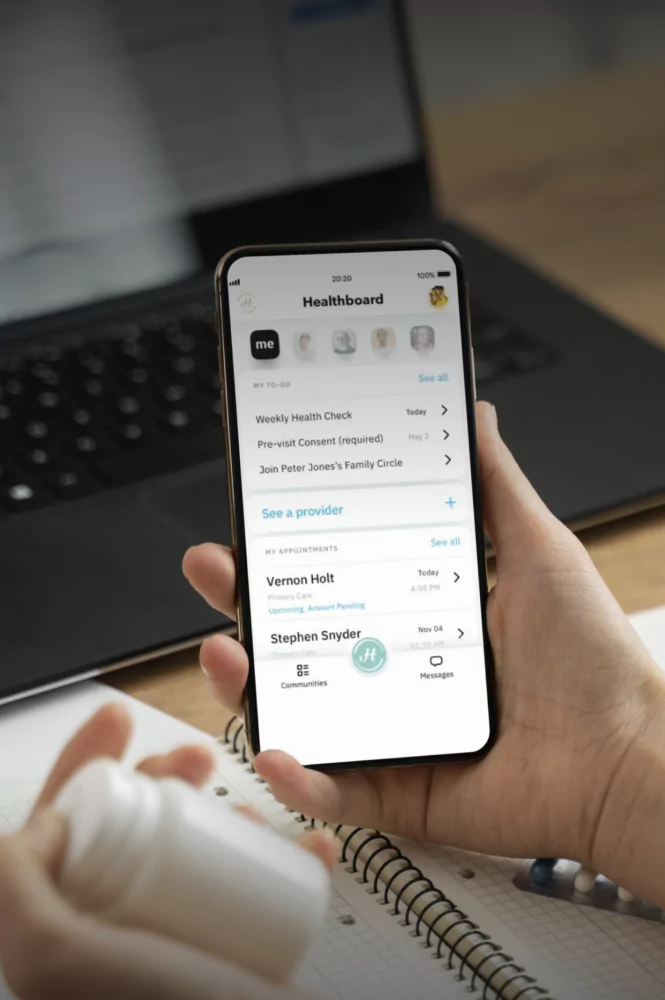
Data integration services and consulting
Break down data silos and unlock comprehensive business intelligence and analytics capabilities
with our data integration consulting and engineering services.
Mitigate data quality risks, enable efficient data processing, and eliminate manual data entry
by unifying data from your on-premises, cloud-based, and external systems.
Data integration services Yalantis provides
-
ETL/ELT development and automation
- Developing and implementing custom ETL/ELT scripts
- Automating ETL/ELT script generation
- Setting up data transformations to ensure format compatibility
- Implementing data cleansing to handle missing values, outliers, and duplication
- Setting up data loading to target databases and data repositories
- Evaluating and monitoring ETL/ELT performance
-
API integration
- Selecting the appropriate third-party APIs for integration
- Ensuring API security
- Enabling seamless data flows via robust API management
- Establishing multi-API integrations
- Optimizing existing API integrations’ performance and security
-
Real-time integration
- Setting up a scalable, high-performance data infrastructure
- Establishing data governance processes to ensure data quality and reliability
- Implementing change data capture (CDC) and metadata management
- Automating and optimizing ETL/ELT to support real-time data synchronization
- Enabling real-time data processing and analytics using selected tools
-
Cloud and on-premises integration
- Evaluating integration needs between cloud and on-premise data sources
- Implementing integrations between cloud platforms
- Installing hardware and software components for integrating on-premises systems
- Harmonizing data between cloud and on-premises environments
- Implementing a DevOps strategy and processes
- Securing data at rest and in transit with the best-suited data protection measures
-
IoT integration
- Collecting and integrating data from multiple IoT devices
- Setting up IoT data cleansing, preparation, prioritization, and filtering
- Aggregating and sampling IoT data in a single data repository
- Securing IoT sensor data at rest and in transit
-
Legacy system integration
- Selecting the right cloud-based data integration systems
- Implementing custom integrations for legacy systems
- Selecting and using middleware solutions to ensure data interoperability
- Planning and executing data migration from legacy systems to modern solutions
-
Data governance and compliance management
- Evaluating data quality, relevance, and risks
- Assessing compliance with regulatory requirements and industry standards
- Ensuring compliance, including with upcoming data regulations
- Continuously monitoring changes in compliance risks and requirements
- Establishing or improving data governance across the data lifecycle
-
Post-integration support and optimization
- Continuously monitoring data quality metrics
- Promptly resolving arising data issues
- Monitoring, auditing, and improving integration security, performance, and scalability
- Maintaining custom and off-the-shelf business analytics tools
- Developing detailed documentation and training materials for managing integrations
Technologies Yalantis works with
-
Apache Airflow
-
dbt
-
pandas
-
PySpark
-
Kafka
-
AWS Glue
-
Azur
-
Data Factory
-
PostgreSQL
-
REST
-
GraphQL API
-
Power BI
-
Tableau
Industry-specific use cases Yalantis specializes in

Finance
Combine data from legacy and modern finance systems to unlock a unified view of customer data, portfolio performance, and credit risks.


Healthcare
Centralize patient data and power holistic treatments with data integration consulting and implementation that prioritizes data security and compliance.


Manufacturing
Consolidate data from manufacturing systems (ERP, MES, SCM, PLM) and IoT sensors to keep track of production, power predictive maintenance, and eliminate resource waste.

Our clients’ reviews
Results our business data integration experts deliver
-
Streamlined data access and reporting
Put all enterprise data at decision-makers’ fingertips and ensure it’s always up-to-date with custom data pipelines and automated data flows.
-
Operational efficiency uplift
Automate data synchronization and enable real-time or near-real-time data processing to boost productivity across teams and departments.
-
Improved analytics reliability
Drive better decision-making by ensuring enterprise data accuracy, completeness, and timeliness across the organization with our data integration engineering services.
-
Reduced human error
Bring down error handling costs and improve CX by eliminating the need for manual data entry with automated data synchronization across multiple source systems.
-
Optimized infrastructure costs
Reduce data infrastructure costs by deduplicating data entries, automating data flows, and reconfiguring your cloud services to optimize storage and processing fees.
-
Enhanced security and compliance
Secure data exchange and maintain full compliance with regulations and industry standards by implementing robust access controls, encryption, and data governance tools.
Why choose Yalantis’ data integration services
End-to-end integration services
If you need more than data integration consulting services, our engineers can implement the outlined project scope and support the solution post-deployment.
Mature risk management
We investigate and document all risks while evaluating the integration project scope to prevent business disruptions and ensure maximum security and compliance.
Exhaustive knowledge management
We provide detailed handoff documentation and extensive training materials to ensure you can easily maintain your data integration solution in-house.
Compliance expertise
Our data integration consultants and engineers have experience in ensuring compliance with HIPAA, GDPR, CCPA, SOC 2, PCI DSS, and ISO 27001 for our clients.
Insights into our data expertise

Instant analysis of time-critical data: Real-time data streaming use cases, examples, and benefits

7 best practices in metadata management for IT leaders and decision makers
Metadata management can solve the triple threat of data chaos, slow data access, and compliance risks—but only if done right. Explore 7 best practices.

How to Integrate Medical Wearable Technologies With EHR Systems in Hospitals and Clinics
Learn why you absolutely have to add wearable health devices into your healthcare facility EHR, and how it will benefit your patients and healthcare providers.
FAQ
How do you align integration with business goals?
We analyze the existing data infrastructure and evaluate it against your strategic goals (e.g., improved efficiency) and data analysis needs. Based on the identified gaps, we select the most appropriate integration methods and tools, data models, and data storage solutions. We can also help you choose the right data governance tools and security and compliance measures.
What happens after the integration project is delivered?
Following the solution implementation, we provide detailed handoff documentation to ensure a smooth transition to in-house support and maintenance. That said, if you would prefer us to handle maintenance, we can do so for your company. As part of our managed support services, we’ll monitor and continuously improve system performance, data security, compliance, and data quality.
What types of software can Yalantis integrate?
We can integrate any combination of internal and external systems, whether on-premises or in the cloud. These can include both custom and off-the-shelf solutions, such as enterprise resource planning (ERP) and customer relationship management (CRM) systems. Depending on your data infrastructure, our data engineers will select the most suitable integration method (data virtualization, ETL/ELT, data propagation).
How do you ensure data quality during integration?
To maintain high data quality within your data pipelines, we set up automated data quality checks and data cleansing and preparation processes. Depending on the source systems and data types, we may also implement data standardization, enrichment, and deduplication. To ensure the integrated data remains up-to-date for the intended purposes, we implement batch data updates or real-time streaming.
How do you ensure integration scalability in the long run?
We design and implement flexible data pipelines that can easily support the increasing number of source systems and devices by design. We also automate as many data loading, preparation, and validation processes as possible to enable our solutions’ long-term scalability. These automations enable systems to handle rising volumes of data without negatively impacting latency and throughput.
Contact us
Tell Us About Your Project & Get Expert Advice

got it!
Keep an eye on your inbox. We’ll be in touch shortly
Meanwhile, you can explore our hottest case studies and read
client feedback on Clutch.

Lisa Panchenko
Senior Engagement Manager
Your steps with Yalantis
-
Schedule a call
-
We collect your requirements
-
We offer a solution
-
We succeed together!















